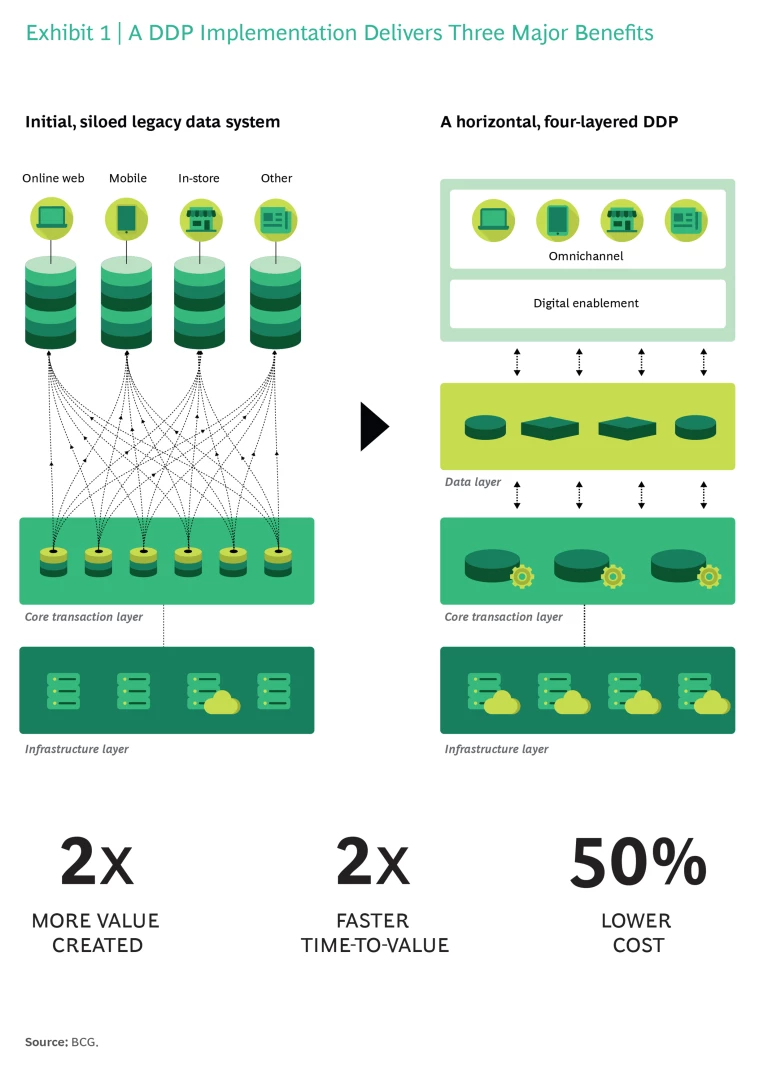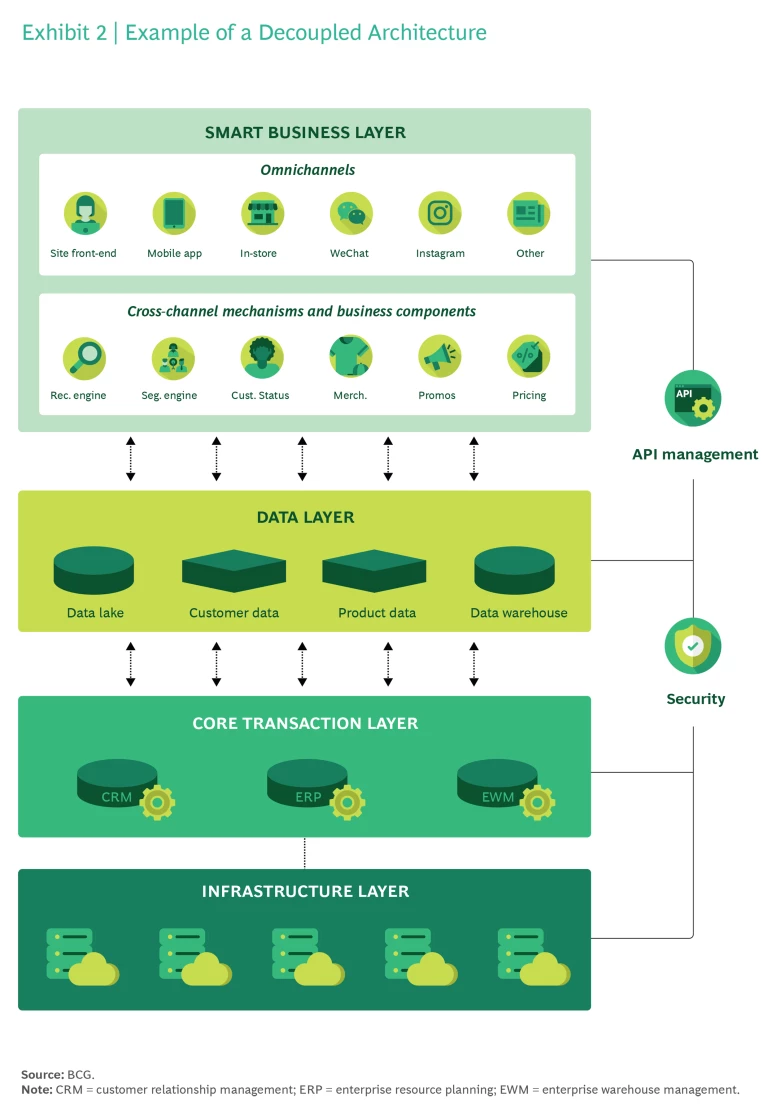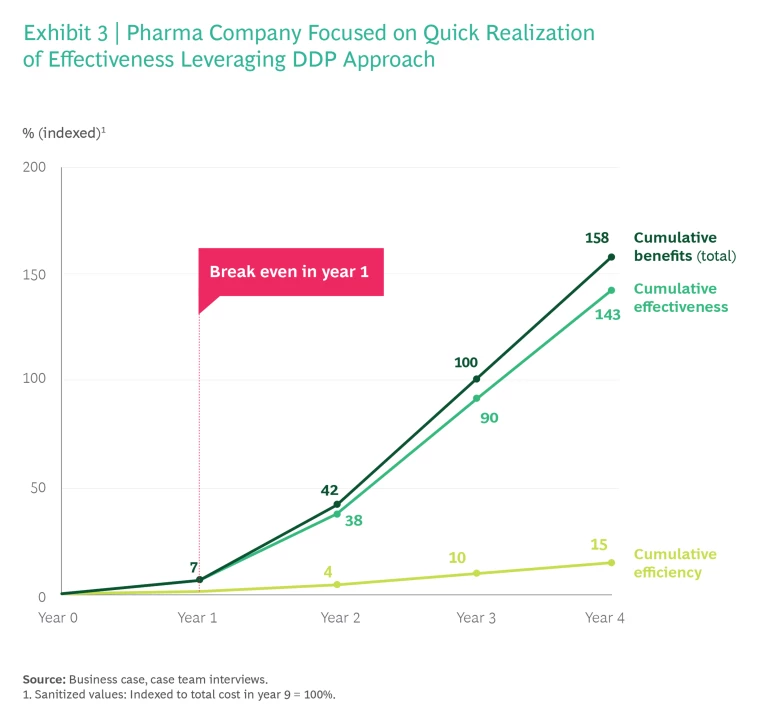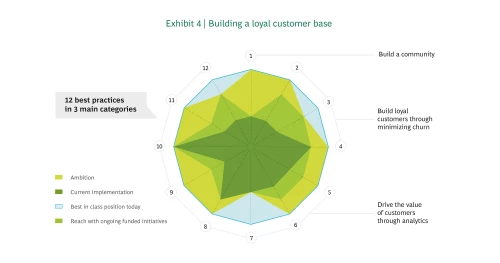Before COVID-19 changed the business landscape, about 50% of companies said they were prioritizing digital transformations, according to BCG surveys. But after stay-at-home restrictions and social distancing suddenly forced more collaboration and commerce online, over 80% of companies now indicate that accelerating their digital transformation is a strategic
Unfortunately, legacy technology complexity in the current systems landscape and outmoded data management remain major obstacles to the pace and success of digital transformation efforts. Many large companies have hundreds—if not thousands—of systems running their business, their data is locked away in silos, and they have significant talent gaps. Conventional IT approaches to these problems are not helping. Large programs, re-platforming, and complex replacements are interesting for systems integrators but they take many years, cost more than most companies can afford, pose risks, and are highly unlikely to deliver on the promise. Accelerating digital transformation requires new approaches to IT.
In our work with companies across industries—from retail and financial services to consumer, health care, energy, and automotive—we’ve developed an approach to accelerate a company’s digital and IT transformation that is fundamentally different from the technology industry’s standard advice to CEOs. The key is to lead with business outcomes and decouple the digital transformation from core system replacement, thereby building value much faster. Our approach drives value early but also requires new capabilities and new ways of working.
Liberating Data and Accelerating Critical Business Capabilities
Instead of embarking on a multiyear transformation of core systems, companies can deliver two times the value that would be generated by the core transformation, in half the time and at half the costs, using an approach that prioritizes data speed, agility, and faster learning for competitive advantage. This new approach, which we refer to as data and digital platforms (DDP), decouples digital business transformation from core IT transformation. It creates a data layer to liberate data from core systems that are scattered across the enterprise. With a DDP approach, technology stacks have simple interfaces, data moves faster and becomes a new source of competitive advantage, and agile teams can work in new, more collaborative ways.
The DDP approach decouples digital business transformation from full IT transformation, liberating data from core systems.
Fundamental to this setup is a DDP “reference architecture.” This architecture separates data from core transactional systems like ERP and CRM, creates more modular interfaces between systems (application programming interfaces, or APIs), and adopts cloud infrastructure for speed and agility. It also creates a digital front end that is more adaptable, and so can evolve with new customer, supplier, and employee needs. Powered by AI and leveraging open-source software and cloud services, DDP can combine internal and external data in new ways, provide that data as a service to an omnichannel smart business layer, and create the speed to deliver new digital services to the frontlines every few weeks instead of every 12 to 18 months.
Companies can run virtually every aspect of their business better and faster using a DDP approach. For example, they can improve customer experiences and relationships with next-generation sales models based on enhanced customer segmentation and data-driven pricing optimization. They can enhance plant operations by using AI to optimize maintenance and production scheduling. And they can improve a range of support functions using robotics and AI to digitize functions such as order-to-cash processes, IT operations, and employee onboarding.

Liberated Data Is Transformative
The DDP’s ability to liberate data and decouple from legacy IT offers three major benefits. (See Exhibit 1.) First, it puts the digital transformation of the business on a different path from its IT transformation. In other words, a company does not need to conduct a massive core overhaul to start using its data faster. The business can roll out new use cases independent of IT’s decisions about how and at what pace to upgrade core systems. This approach eliminates the need to first undertake an expensive, risky core rebuild and removes a huge barrier to accelerating the business’s digital transformation. With the modularity approach, companies can enable IT modernization and deliver new capabilities in parallel and at a much faster pace.
Second, the DDP approach puts data in the hands of the business—allowing business and technology teams to combine internal and external data to gain advantage, and then continue with incremental builds and delivery. Modularity facilitates rapid use of blended data. All components within the DDP work together using APIs—whether they are core transaction systems, data products, or smart business engines. (See Exhibit 2.)

Modularity also lowers costs by reusing existing core services and embracing an open-source philosophy. Meanwhile, it improves quality and productivity by leveraging what has already been tested, perfected, and operational. This allows engineers and scientists to focus on the data elements, smart business services, and the journeys that matter the most in new use cases.
Third, liberating data accelerates time to value. The business can easily access the data to deliver new strategic insight. This agility allows the business to innovate multiple initiatives in parallel, conduct sprints, test value, and deliver new digital services on a regular basis. This shorter time to value keeps business transformation and corporate strategy aligned.
Bringing Concrete Results to the Business
Ultimately, the DDP approach delivers several broad features to the business.
- Data Governance and Management. DDP determines which data assets exist today and which critical datasets should be owned or acquired for advantage. It makes available information about all data domains and data entities, as well as information about the data owners’ quality control, privacy, and security management.
- Data as a Service. DDP makes curated data available as a service across products, and supplies data for use cases to speed up digital initiatives and reduce complexity around ERP data.
- Data Infrastructure as a Service. DDP provides analytical platform capabilities based on the requirements of use case teams. It defines, enables, and automates these platform services wherever possible.
These advantages are not merely theoretical. We have helped companies across industries to prove the core concepts. For example, we worked with a pharma company that leveraged the DDP approach to execute a three-year plan to move to Industry 4.0 and digitize its operations starting in the first year. (See Exhibit 3.) The DDP approach enabled the company to modernize its factories outcome by outcome as opposed to waiting for a full ERP upgrade. Sales increased, production times decreased, defects and write-offs were reduced, and forecasting improved, as did overall inventory management. Within one year, the project was self-funding, and within two years, transformation benefits were 3.5 times the cost of investment, which allowed the company to make additional investments in its digital transformation and core capabilities.

More recently, the COVID-19 pandemic has demonstrated how companies with more mature digital capabilities can use DDPs to pull data quickly from myriad sources and combine them in new and creative ways. For example, it took Tencent and Alibaba in China only a week to build and deploy a product called Health Code—a QR code based on personal and location information and residents’ health status to determine their risk level for infection. Drawing on online data collection and real-time updates, Health Code has vastly improved efficiency in frontline testing and replaced paper passes.
At the same time, there are many examples of companies stuck in the old mold and unable to access basic data. For example, one retailer’s inventory data was so poor that it did not know how many N-95 masks it had across its network of stores, much less how many masks were in each store. As a result, it could not sell the masks on Amazon or easily ship them to hospitals.
Putting Data into Action
To put data into action and to build strategic assets, companies need two types of core capabilities. First, the business needs to build new data capabilities: to define, manage, and govern data; and to collect, clean, transport, and combine the data (i.e., to do something creative with the data). Second, companies need to build technology capabilities, including design engineering, solution engineering, development and operations (DevOps), and security capabilities.
But to truly unlock the value of the data, companies need to implement new ways of working. Multidisciplinary teams must work together to frame the right questions around how to use data for the most critical outcomes. Using sprint-based methods to work iteratively, these teams can blend new data science techniques with a deep understanding of business processes and value drivers. The better business, development, and operations (BizDevOps) can collaborate, the faster a company can move from identifying a business need to developing and implementing a solution.
These new ways of working demand a high degree of technology know-how within not only technology teams, but the business teams—capabilities that companies may need to reshore, rebuild, or establish in-house for the first time. Software product engineers, for example, need to be close to frontline workers, working day to day with them to build and deploy leading algorithms quickly. Moving engineering to facilities in a vastly different time zone could actually prove to be more expensive than in-house engineering, since offshoring slows down time to value.
With this know-how, a company can take the following key moves to implement a DDP. First, it should conduct a quick, objective, outside-in assessment of its current digital maturity compared with peers. Tools such as BCG’s Digital Acceleration Index and the Data Capabilities Maturity Assessment (DACAMA) provide an objective and fact-based view of the starting point and help frame priorities.
At the same time, a more specific and detailed inside-out assessment should be conducted to determine which digital outcomes to pursue given the company’s purpose and business strategy. We call this a “time to best-in-class” analysis. For example, a retail company conducting this kind of analysis would consider digital topics such as customers’ experience in store (offline and online), multichannel network development, and building a loyal customer base.
For each topic, companies need to answer five basic questions:
- What are today’s best-in-class examples of digital outcomes from across relevant sectors?
- How does our company compare with those best-in-class examples?
- Is our ambition clear compared with best in class?
- If our company’s current digital initiatives were finished today, how close would we come to being best in class?
- In reality, how fast can those digital initiatives be completed?
The time element uncovered by this analysis is key—if the digital initiatives are going to take too long, they should be reconsidered and possibly abandoned. After all, even if its current digital initiatives will make a company best in class today, if they take three years to put in place, the company will not be best in class when those initiatives are done.
To illustrate the “time to best-in-class” analysis, consider how a retailer would approach a digital topic such as “building a loyal customer base.” In Exhibit 4, the outermost ring represents the best-in-class position for each element of “building a loyal customer base,” while the center represents no capabilities. With this assessment process, the company can plot how well it’s addressing questions 1 to 4.
This assessment will inevitably reveal discrepancies between the company’s ambition and performance, as well as the technical capabilities the company needs to achieve that ambition. Using these findings, the company can update and prioritize its digital portfolio, sequencing initiatives to deliver benefits every quarter and get to best in class faster.
Making Mental Flips
Putting all this into practice is not easy. Moreover, because the DDP environment is so different from the typical IT environment, making the switch requires that senior leaders make five mental flips:
- Decouple the digital transformation from the core systems transformation. Doing so yields greater business agility and lower IT risk. The core transformation can run at its own pace and be reintegrated into the modular environment at the appropriate time.
- Liberate data from core systems. Data should be owned by the business, not IT. This is critical to prioritizing and driving value.
- Build new capabilities. Differentiating engineering capabilities should be reshored and built in-house. Having engineers close to the frontlines improves time to value.
- Use iterative deployment methods. To respond to customer demands and improve overall resiliency, new tools and services need to be deployed to the frontline every quarter, not once every year or two.
- Focus on speed to value. If a current digital project cannot be sliced into smaller pieces for quicker implementation and the only option is that the single project will take several years to implement, then it should be wrapped up immediately. This is necessary even if the investment has been substantial, because the digital experience it creates will be several years out of date from day one.
Data should be owned by the business, not IT. This is critical to prioritizing and driving value.
Conclusion
Technology does not need to be the rate-limiting step in your digital transformation. By using the DDP approach—liberating data from the IT core and giving the business side unparalleled access and tools to combine data in new and differentiating ways—companies can create flywheels of innovation. In this way, they continually deliver new products and services to the frontlines to respond quickly to customer needs and competitive pressure. Especially during the COVID-19 pandemic and in the new reality that is transfiguring geographies and industries, accelerating this digital transformation is vital to survive and thrive.




